Olympiad Test: Living And Non-living Things -2 - Class 4 MCQ
10 Questions MCQ Test Science Olympiad Class 4 - Olympiad Test: Living And Non-living Things -2
The type of tree shown in the given picture grows in_______ regions.
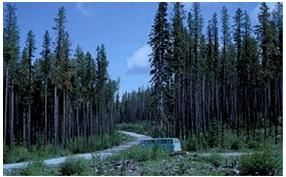

These plants can trap, dissolve, and digest invertebrates and, in rare cases, small mammals, reptiles, and amphibians.
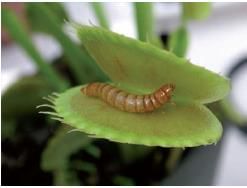

Look at the picture below and find out the type of animal it is.
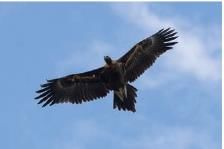

Look at the following pictures of two different animal jawbones and find out the type of animal they can be.
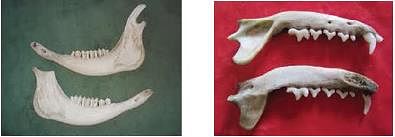
In the given food web, P, Q, R, S, T, and U are consumers. Which of these consumers are both plant and animal eaters?
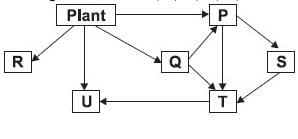
Observe the following pairs carefully and find out the correct options:
1. 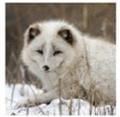 Adaptation: Long, powerful legs
Adaptation: Long, powerful legs
2.  Adaptation: Fur turns white during the cold, snowy winter months
Adaptation: Fur turns white during the cold, snowy winter months
3.  Adaptation: Nostrils (blowholes) located on the top of their heads
Adaptation: Nostrils (blowholes) located on the top of their heads
4. 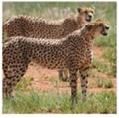 Adaptation: Produces very little sweat and urine
Adaptation: Produces very little sweat and urine
5.  Adaptation: Webbed feet
Adaptation: Webbed feet
A sunflower always turns towards the sun. This shows that:
|
53 videos|44 docs|59 tests
|




















